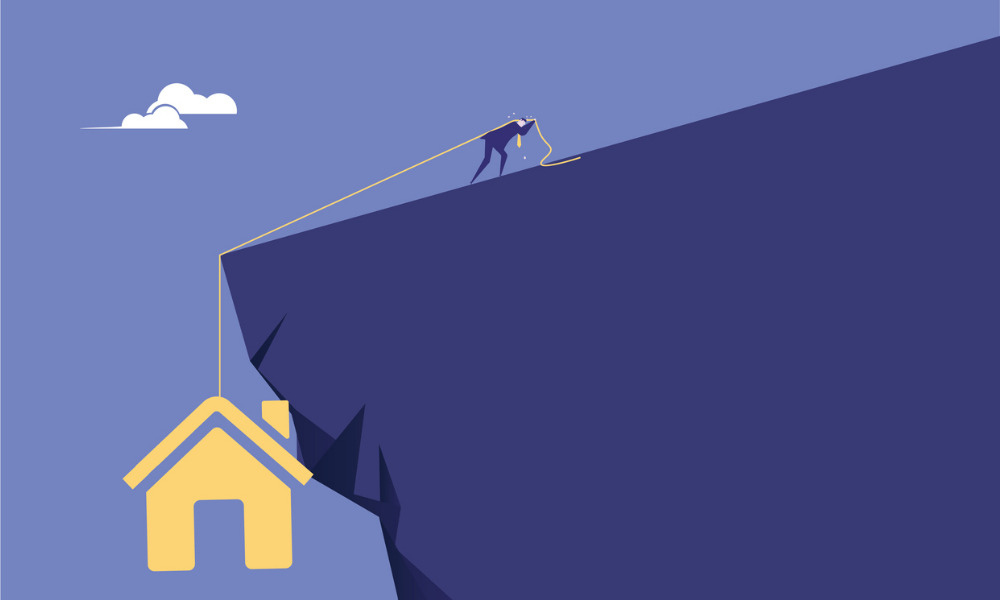Two experts weigh in

One in five Australians who took out home loans at the height of the pandemic will see their record-low fixed rate end in the coming months and their interest rise by 3%. The question is – can they do anything about this “mortgage cliff”?
Ever since the Reserve Bank of Australia hiked the interest rate in May 2022 and raised it a bit more every month since then until December, borrowers have started to feel the pinch.
In 2020 and 2021, borrowers took advantage of historically low fixed mortgage rates between 1.75% and 2.25% – most of them for terms of two to three years. These borrowers, who remained immune to the RBA’s three-percentage-point rate increase in 2022, however, will feel the full brunt of the bank’s aggressive policy when their loans instantaneously double to 5% or 6% this year in the long-dreaded mortgage cliff.
Mortgage broker Finspo CEO Angus Gilfillan told the Herald Sun that many of these borrowers would face home loan repayments that could increase by as much as 61%.
“It’s a huge number,” Gilfillan said. “Forty-six per cent (46%) of all fixed-rate loans – 16% of all mortgages – are expected to expire in 2023. Once someone’s fixed rate expires, their bank won’t be giving them the same great rate they currently have with the market as it is right now. The bank may not even roll them on to the most competitive variable rate that they’re offering new customers, which really hurts.”
For Gilfillan, there were ways borrowers standing on the “mortgage cliff” could prepare themselves for the stinging return to a high variable rate. He shared them with the Herald Sun:
- Find out what your rates and repayments will be upon expiration of the fixed term. Gilfillan recommends using an online calculator.
- Speak with a mortgage broker at least three months before the fixed rate expires to assess your options and chart out next possible actions.
- Consider the following: refinancing, requesting a better deal from your lender, or switching lenders.
Gilfillan pointed out that many lenders were currently offering cashbacks to new borrowers who switched to them.
“This could be a big win, but, before you make the switch, check the cost of switching lenders and the fine print,” he said.
Ratecity.com.au research director Sally Tindall echoed Gilfillan’s sentiment. She said borrowers had to start fielding their options at least two months before their fixed-rate loan expired, as the RBA would most likely continue lifting rates next month, following last week’s higher-than-expected inflation.
“Doing nothing is probably the worst thing you can do,” the Herald Sun quoted her saying. “… Call your bank, find out what rate you will roll on to, work out the mortgage rate, and start to make that repayment now.”
Taking action early would give borrowers the confidence and the financial buffer necessary to survive the fast-approaching mortgage cliff, Tindall said.
“If you can’t make those repayments… start making significant changes to your lifestyle and your budget now, and start having conversations with your bank,” she said.
Tindall added that those who already owned 30% to 40% of their homes were in a good position to bargain for a better deal while lenders scrambled to refinance and win over new customers.
Any interest rate under 4.7% was competitive, while any rate under 4.5% was a “cracking rate”, she told the Herald Sun. “Get advice – even just to work out your options. A broker is a good place to start but shouldn’t be the beginning and end of your research.”
Any tips for borrowers facing the mortgage cliff? Let us know in the comments below.



